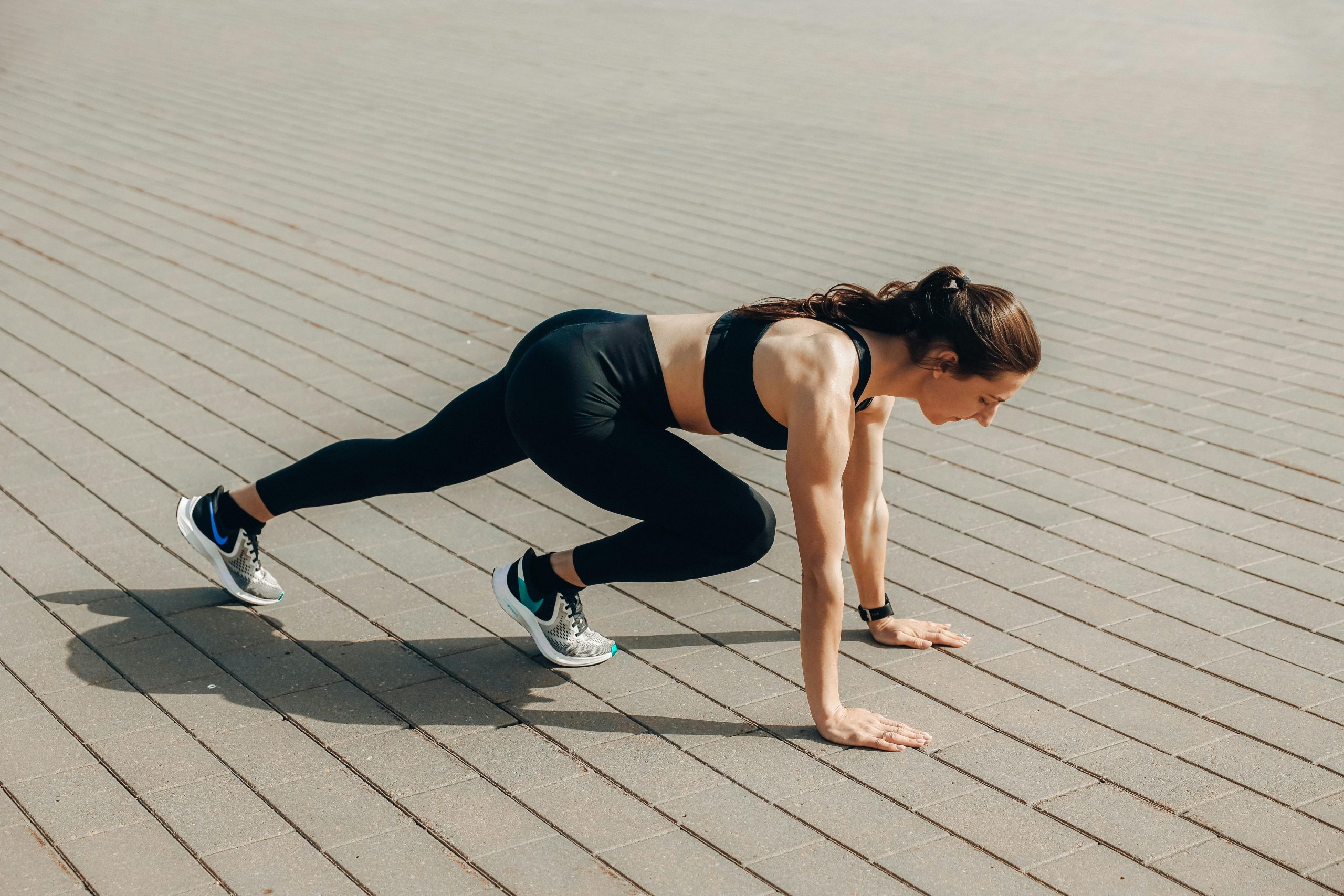Table of Contents
![]()
As we age, our bodies undergo a variety of changes that can significantly impact physical fitness. Understanding these changes and their effects is crucial for maintaining health and improving quality of life in later years. This article explores the physiological changes associated with aging, their impact on different components of physical fitness, and offers recommendations for maintaining and improving fitness as we grow older.
Physiological Changes with Aging
Muscular System One of the most noticeable effects of aging is the gradual loss of muscle mass, a condition known as sarcopenia. This reduction in muscle mass is accompanied by a decline in muscle strength and power. Muscle fibers also undergo changes, with a shift from fast-twitch fibers, which are responsible for quick, powerful movements, to slow-twitch fibers, which are more endurance-oriented. This shift can affect overall physical performance and functional abilities.
Skeletal System Aging also impacts the skeletal system, leading to decreased bone density, a condition known as osteopenia or, in more severe cases, osteoporosis. This reduction in bone density increases the risk of fractures and can contribute to a greater susceptibility to falls. The loss of bone mass is often compounded by a decrease in the production of bone-forming cells and changes in bone remodeling processes.
Cardiovascular System The cardiovascular system experiences several age-related changes. Maximum heart rate declines with age, which reduces the heart’s ability to pump blood efficiently during intense physical activity. Additionally, cardiac output, which is the amount of blood the heart pumps per minute, decreases. Blood vessels also lose their elasticity, leading to higher blood pressure and reduced blood flow to various organs.
Respiratory System The respiratory system is not immune to the effects of aging. Lung capacity tends to decrease, and the efficiency of gas exchange between the lungs and blood diminishes. These changes can affect the body’s ability to sustain prolonged physical activity and may contribute to increased breathlessness during exertion.
Metabolic Changes Aging brings about metabolic changes that include a slowdown in the basal metabolic rate (BMR), which is the number of calories the body needs at rest to maintain basic physiological functions. Additionally, body composition changes, with an increase in body fat and a decrease in lean muscle mass, further impacting overall health and physical fitness.
Impact on Physical Fitness Components
Cardiovascular Endurance Cardiovascular endurance typically declines with age due to the decrease in VO2 max, which is the maximum rate of oxygen consumption during intense exercise. This decline affects aerobic capacity, making it more challenging to engage in sustained physical activities like running or swimming.
Muscular Strength and Endurance With aging, there is a noticeable decline in both muscle strength and endurance. This reduction can impair the ability to perform daily activities such as lifting groceries or climbing stairs, potentially affecting overall mobility and independence.
Flexibility and Balance Flexibility and balance are often compromised with age. Reduced joint flexibility can lead to stiffness and decreased range of motion, while diminished balance increases the risk of falls and injuries. Maintaining flexibility and balance is crucial for preventing accidents and preserving functional mobility.
Body Composition Aging is associated with an increase in body fat percentage and a decrease in lean muscle mass. This shift in body composition can contribute to a higher risk of metabolic disorders such as type 2 diabetes and cardiovascular disease. Managing body composition through exercise and diet is essential for maintaining overall health.
Psychological and Behavioral Factors
Motivation and Exercise Adherence Older adults may face psychological barriers to maintaining a regular exercise routine. Factors such as lack of motivation, fear of injury, and limited access to suitable facilities can affect exercise adherence. Social support and tailored exercise programs can help overcome these barriers and encourage consistent physical activity.
Cognitive Function Physical fitness has a positive impact on cognitive health. Regular exercise has been shown to improve cognitive function and may help prevent cognitive decline associated with aging. Engaging in physical activity can also reduce symptoms of depression and anxiety, contributing to better mental health.
Benefits of Maintaining Physical Fitness in Aging
Improved Cardiovascular Health Regular physical activity helps maintain cardiovascular health by improving heart function, reducing blood pressure, and enhancing blood circulation. This can lower the risk of heart disease and stroke.
Enhanced Muscular Strength and Function Strength training and other forms of exercise can help preserve muscle mass and strength, improving the ability to perform daily tasks and enhancing overall physical function.
Better Flexibility and Balance Incorporating flexibility and balance exercises can reduce the risk of falls and improve overall mobility. Activities such as stretching, yoga, and balance training are beneficial in maintaining joint health and stability.
Improved Mental Health and Cognitive Function Physical fitness contributes to better mental health and cognitive function. Exercise has been linked to reduced symptoms of depression, improved mood, and enhanced cognitive abilities.
Increased Independence and Quality of Life Maintaining physical fitness can help older adults remain independent and enjoy a higher quality of life. By improving physical capabilities and reducing the risk of chronic diseases, regular exercise supports overall well-being and autonomy.
Exercise Recommendations for Older Adults
Aerobic Exercise Older adults are encouraged to engage in aerobic exercises such as walking, swimming, or cycling. These activities improve cardiovascular health and can be performed at a moderate intensity, with a frequency of at least 150 minutes per week.
Strength Training Strength training is crucial for maintaining muscle mass and function. Exercises using resistance bands, free weights, or body weight should be incorporated into a routine at least two days a week, focusing on major muscle groups.
Flexibility and Balance Exercises Flexibility and balance exercises, such as stretching and yoga, should be included to improve joint flexibility and stability. These exercises help reduce the risk of falls and enhance overall mobility.
Considerations for Safe Exercise Before starting a new exercise program, older adults should undergo a pre-exercise health assessment to ensure safety. Exercise routines should be tailored to individual needs and capabilities, with modifications made as necessary to prevent injury.
Case Studies and Research Findings
Examples of Successful Aging with Fitness Numerous case studies illustrate the positive impact of physical fitness on aging. For example, older adults who engage in regular exercise often report better health outcomes, increased mobility, and enhanced quality of life.
Overview of Key Research Studies Longitudinal studies and research interventions have consistently demonstrated the benefits of physical activity for older adults. Findings highlight improvements in cardiovascular health, muscle strength, flexibility, and cognitive function resulting from regular exercise.
Conclusion
Aging brings about a range of physiological changes that impact physical fitness, including declines in muscle mass, bone density, cardiovascular health, and flexibility. However, maintaining physical fitness through regular exercise can mitigate these effects and enhance overall well-being. By engaging in aerobic exercise, strength training, and flexibility exercises, older adults can improve their health, maintain independence, and enjoy a higher quality of life. Continued research and tailored exercise programs are essential for supporting healthy aging and optimizing physical fitness.
Share This





Be the first to comment